
The Art of Combining Flowers
Transform your garden into a harmonious paradise with expert flower bed design techniques
Discover How
Transform your garden into a harmonious paradise with expert flower bed design techniques
Discover How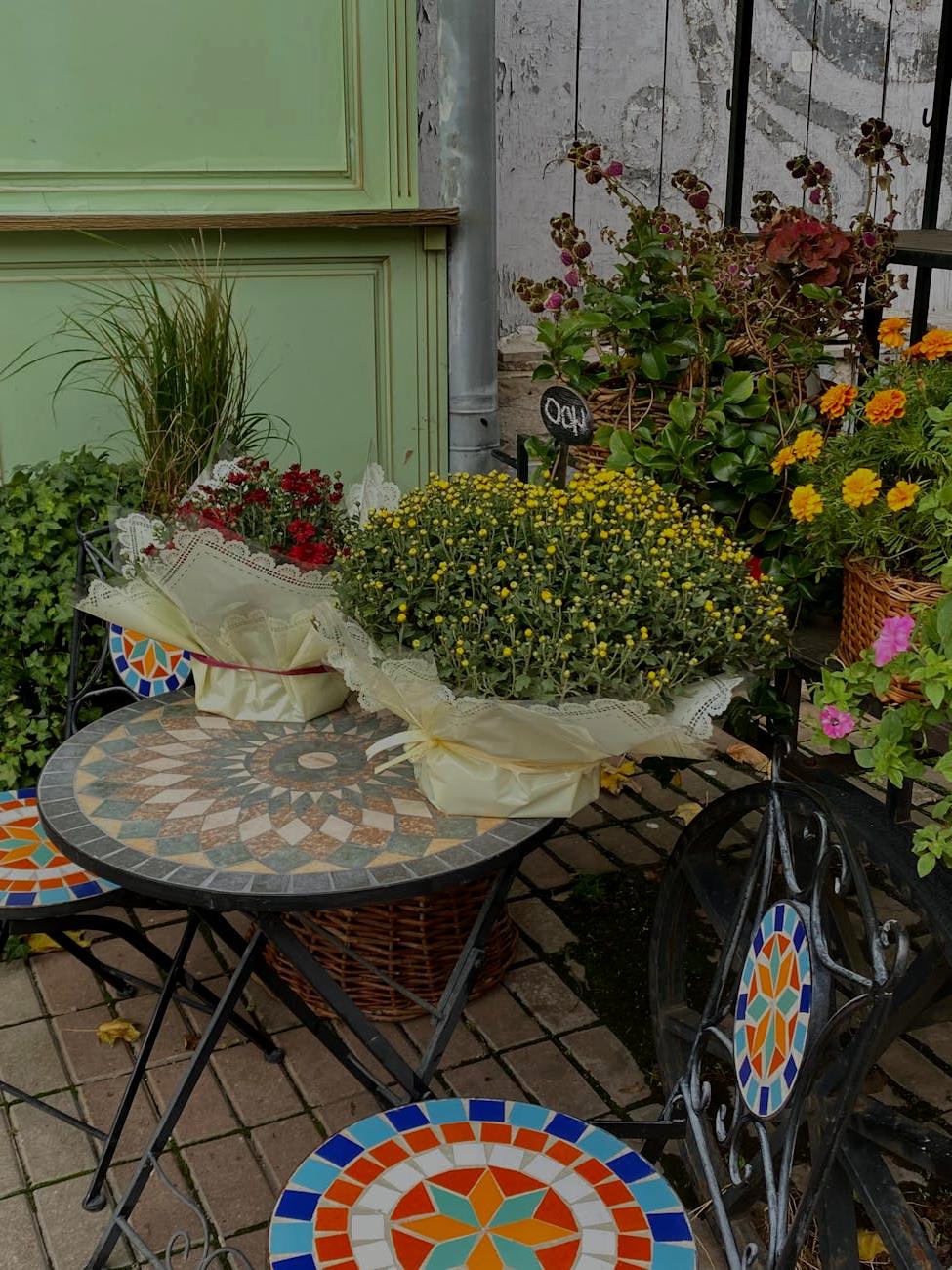
Place taller plants at the back of borders or center of island beds, gradually decreasing height toward the edges. This creates depth and ensures all plants are visible.
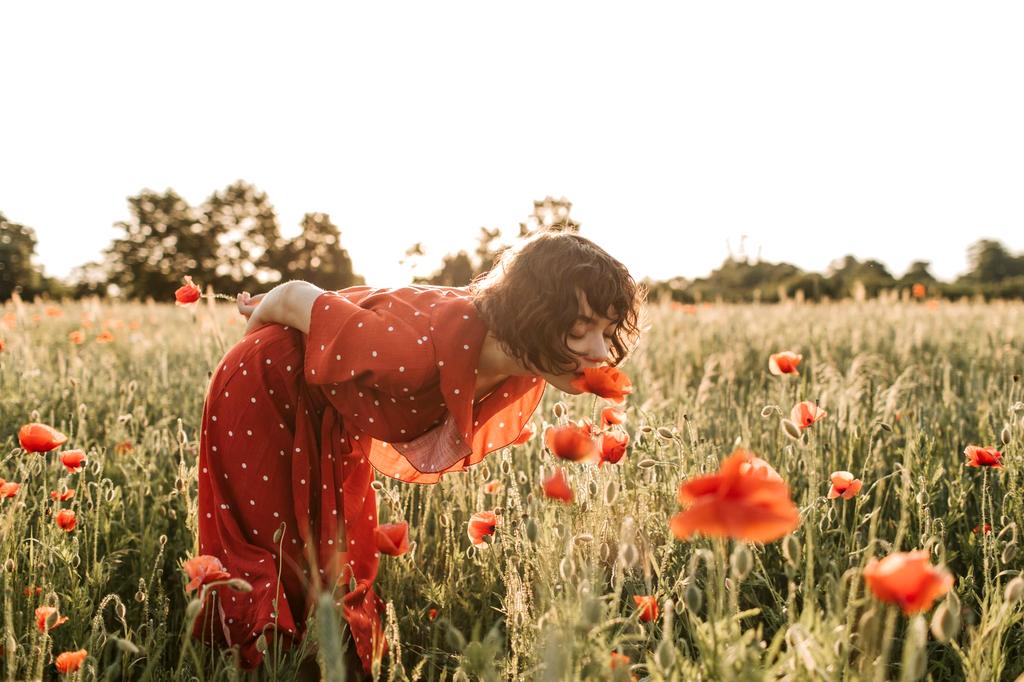
Select flowers with different blooming periods to ensure your garden remains colorful throughout multiple seasons. Consider foliage texture and color when plants aren't flowering.
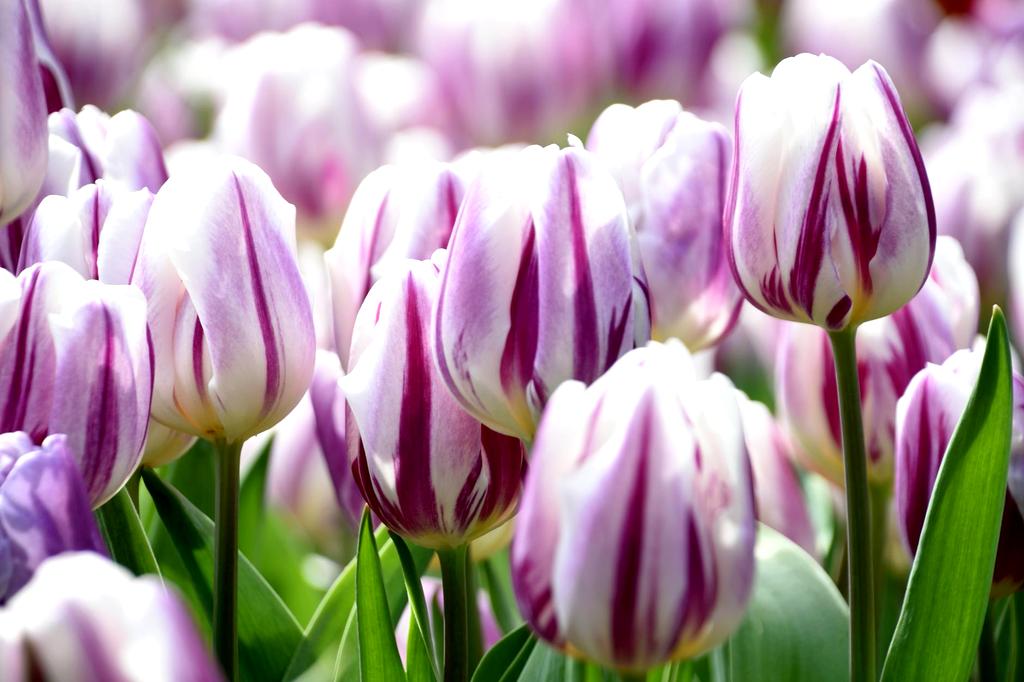
Use color wheel principles to create harmonious combinations. Complementary colors create vibrant contrasts while analogous colors offer subtle, sophisticated blends.
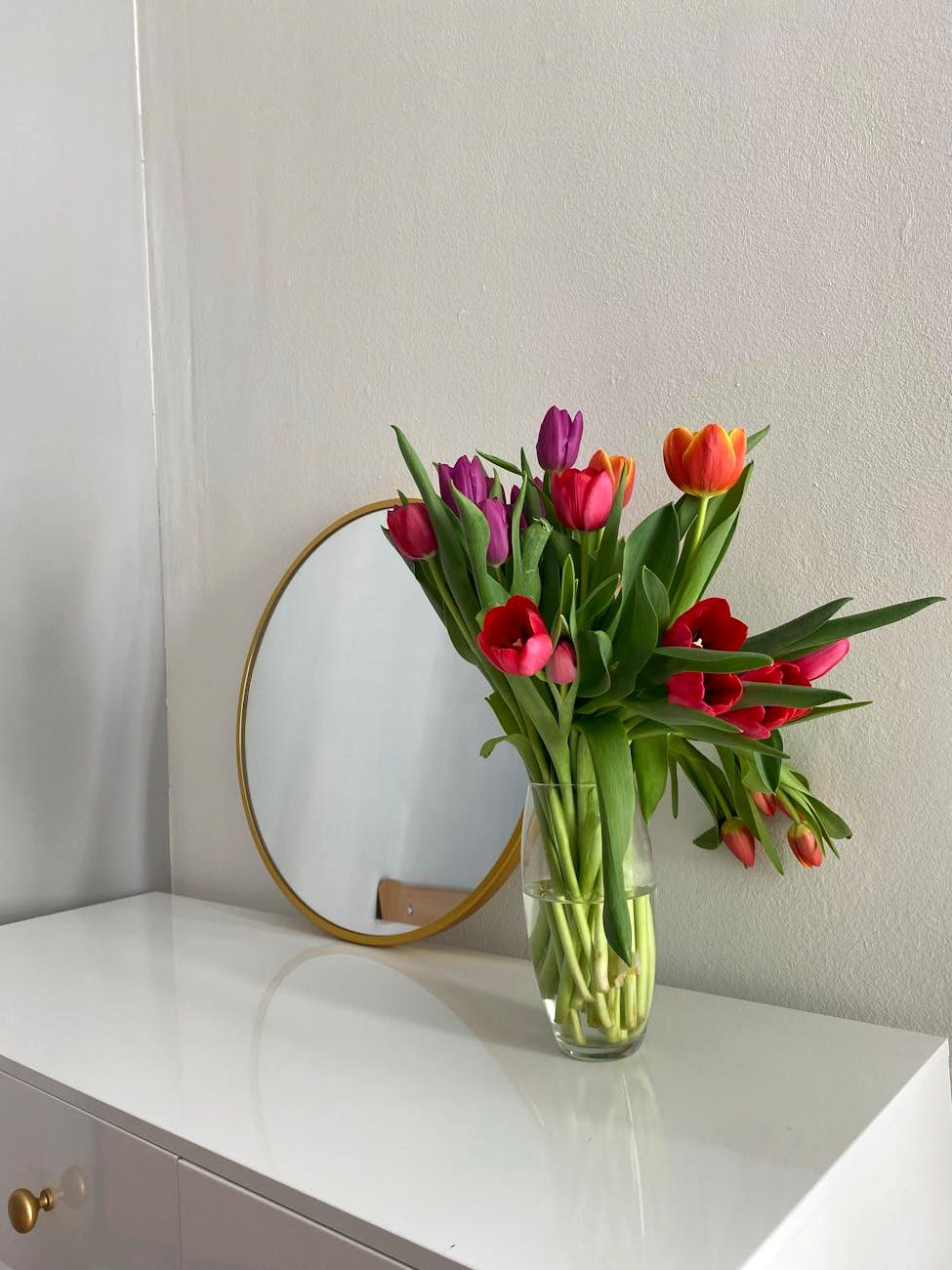
Various shades of a single color create depth and sophistication. Try different tones of purple with lavender, verbena, and alliums.
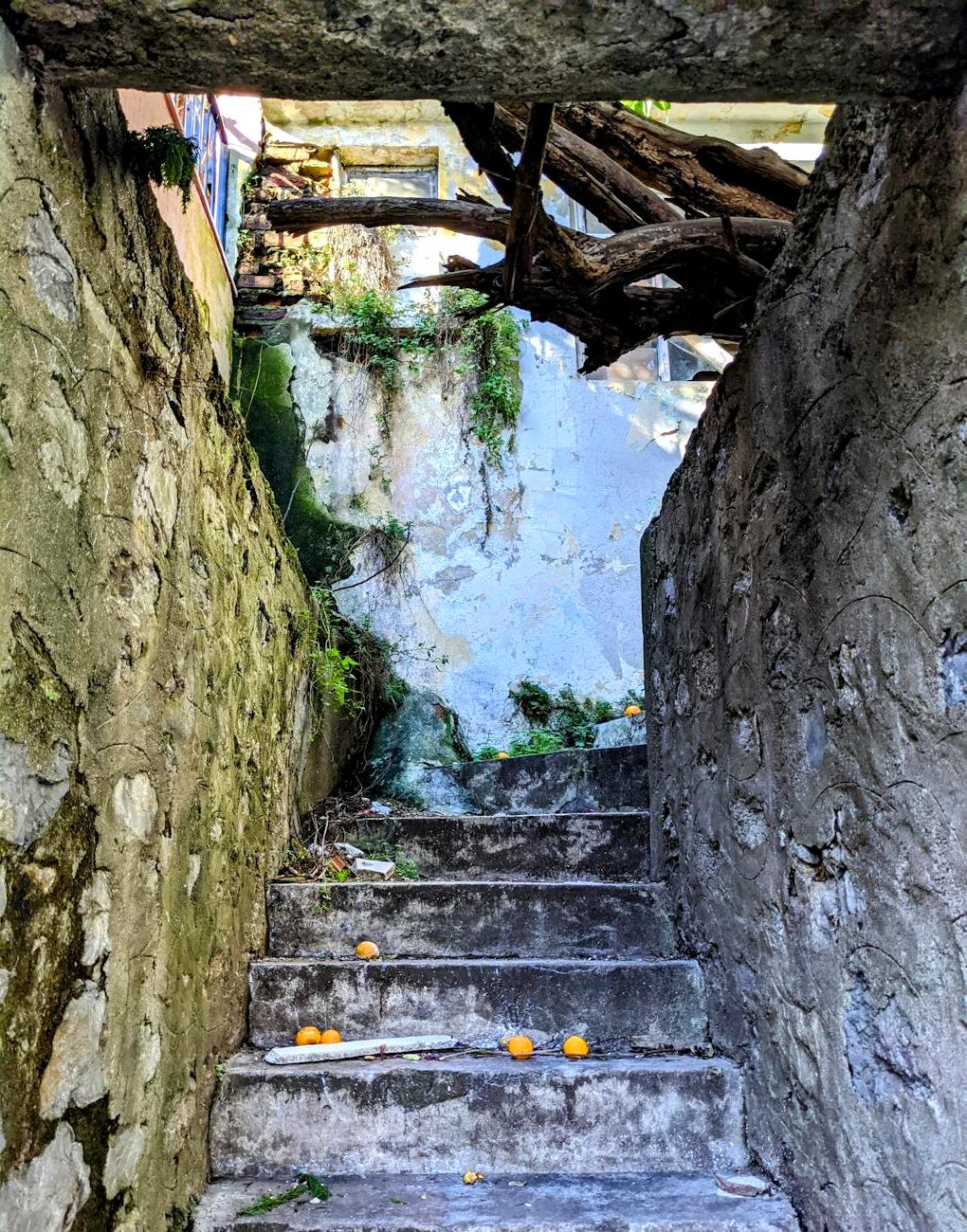
Colors opposite on the color wheel create vibrant contrast. Orange marigolds paired with blue delphiniums create a striking visual impact.

Colors adjacent on the color wheel flow seamlessly together. Combinations of yellow, orange and red create a warm, sunset-inspired bed.
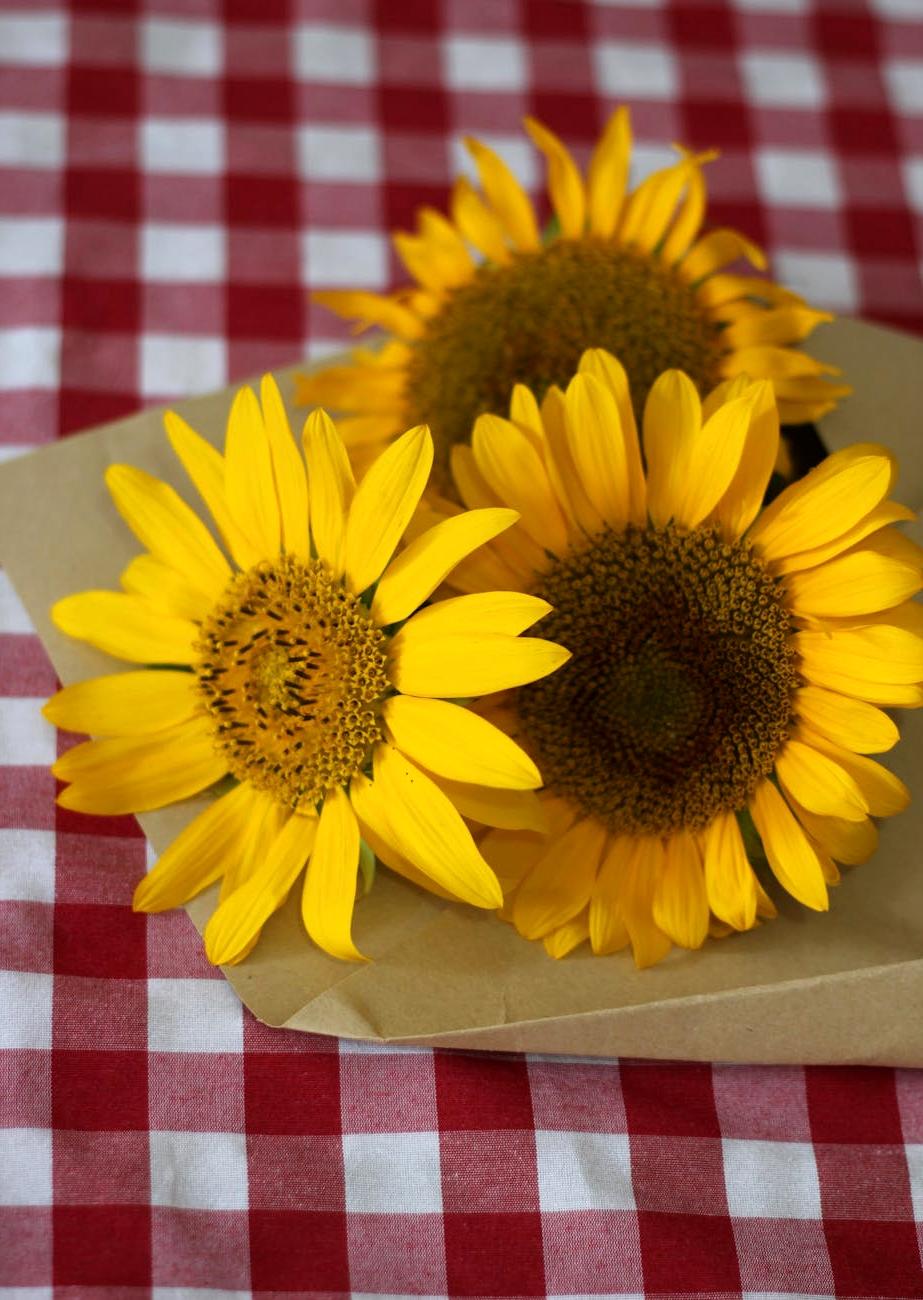
Three colors equally spaced on the color wheel create balanced, vibrant designs. Try yellow daffodils, blue hyacinths, and red tulips.

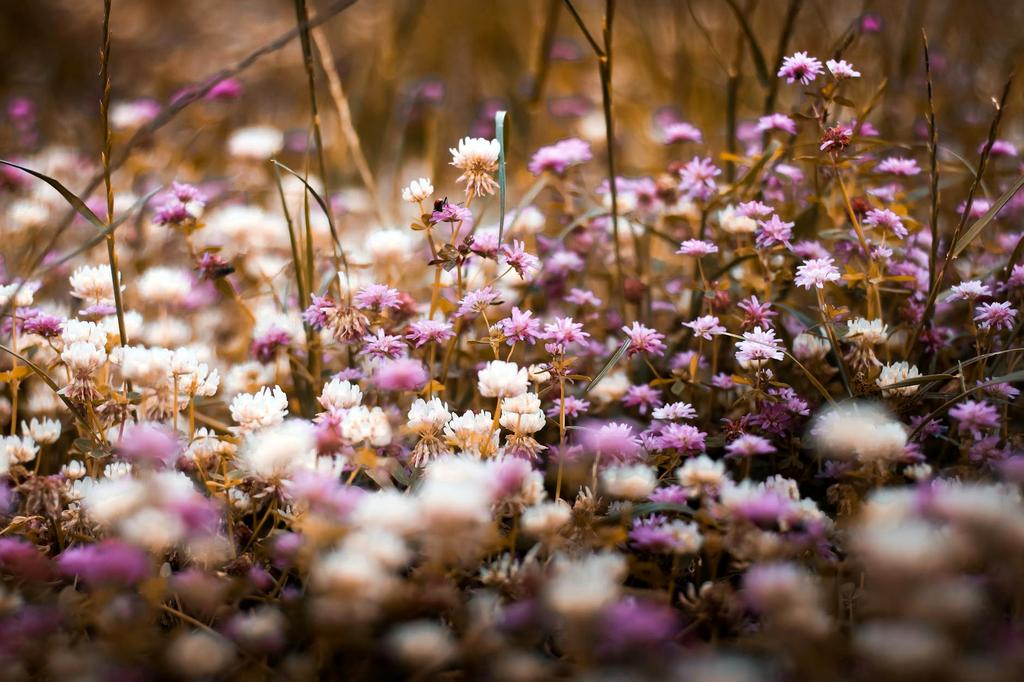
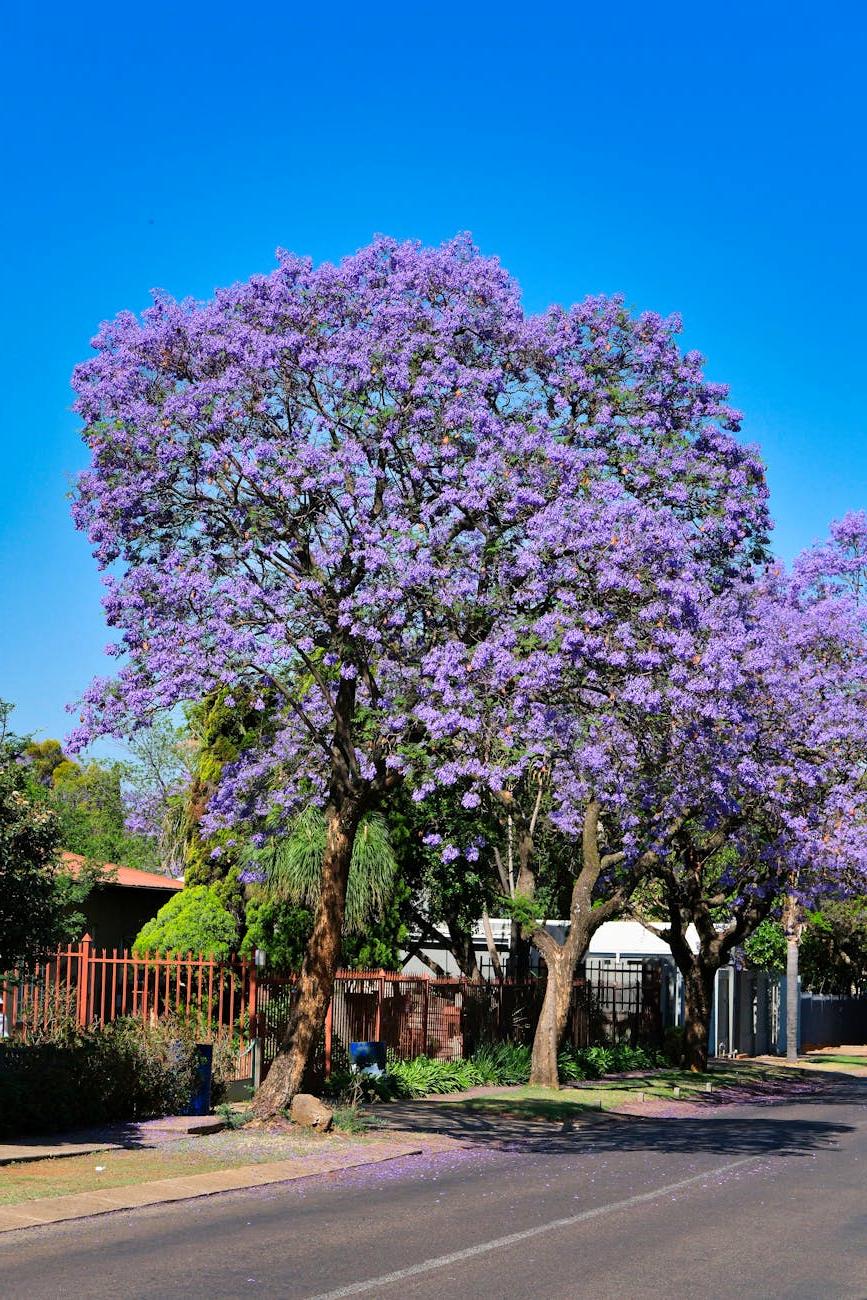

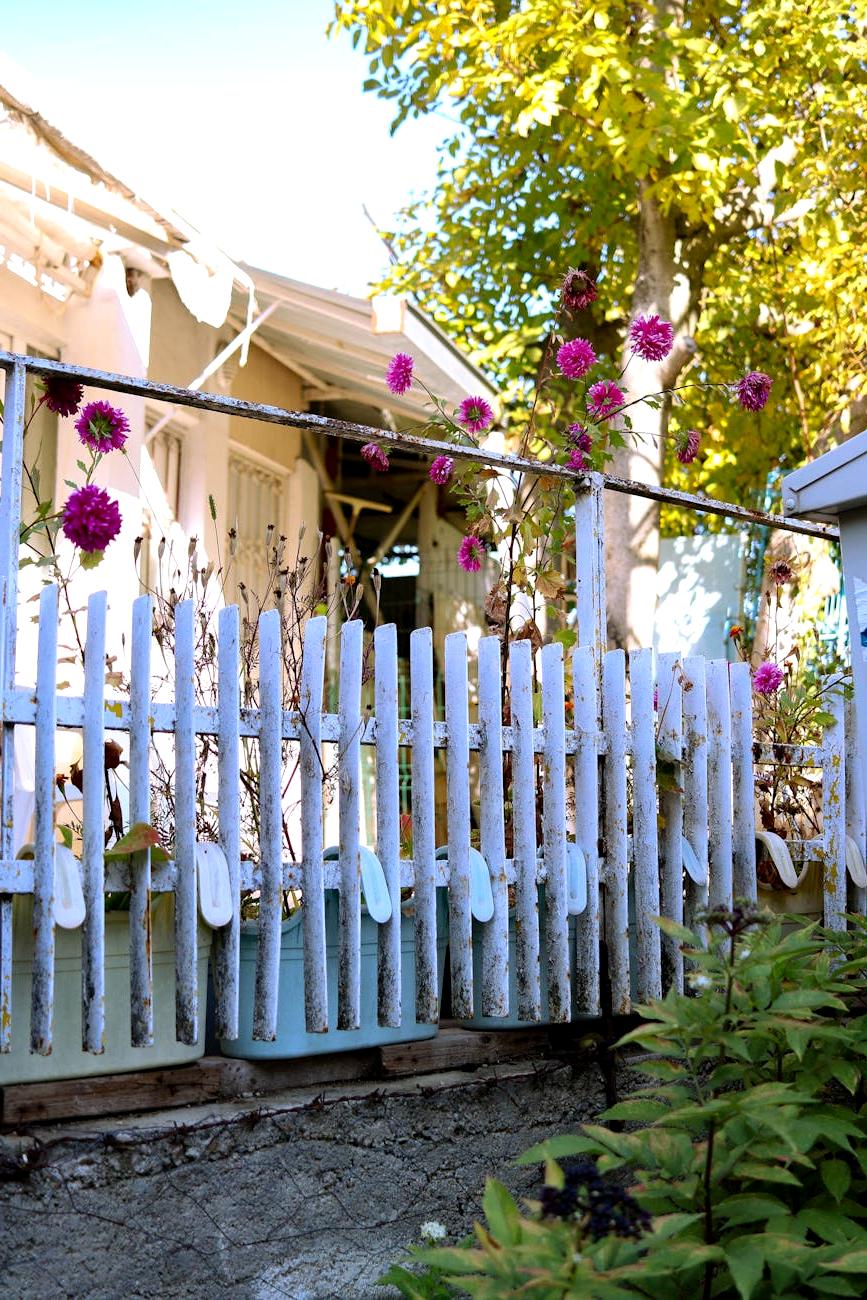
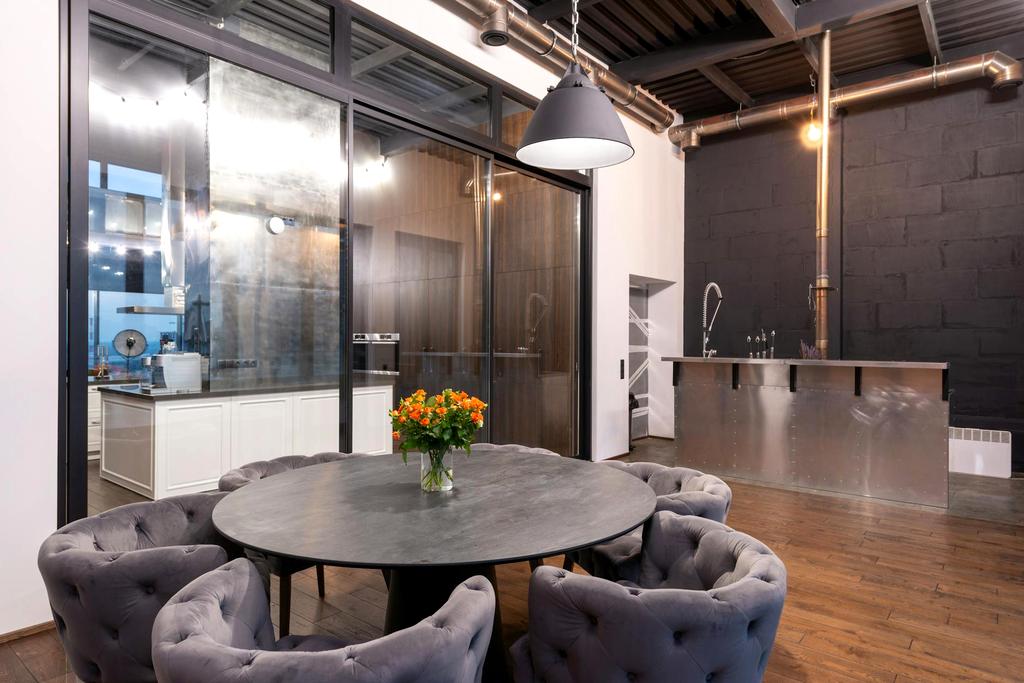
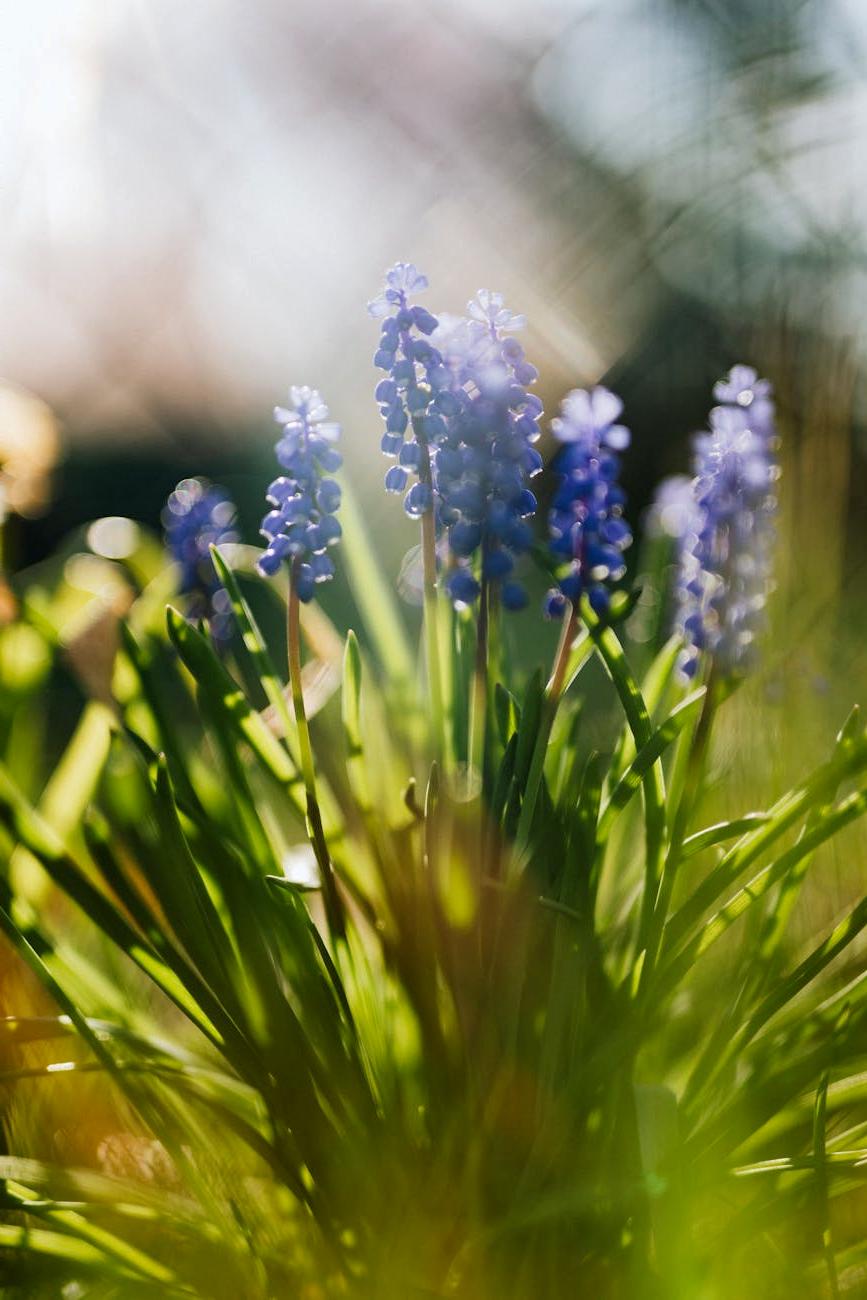
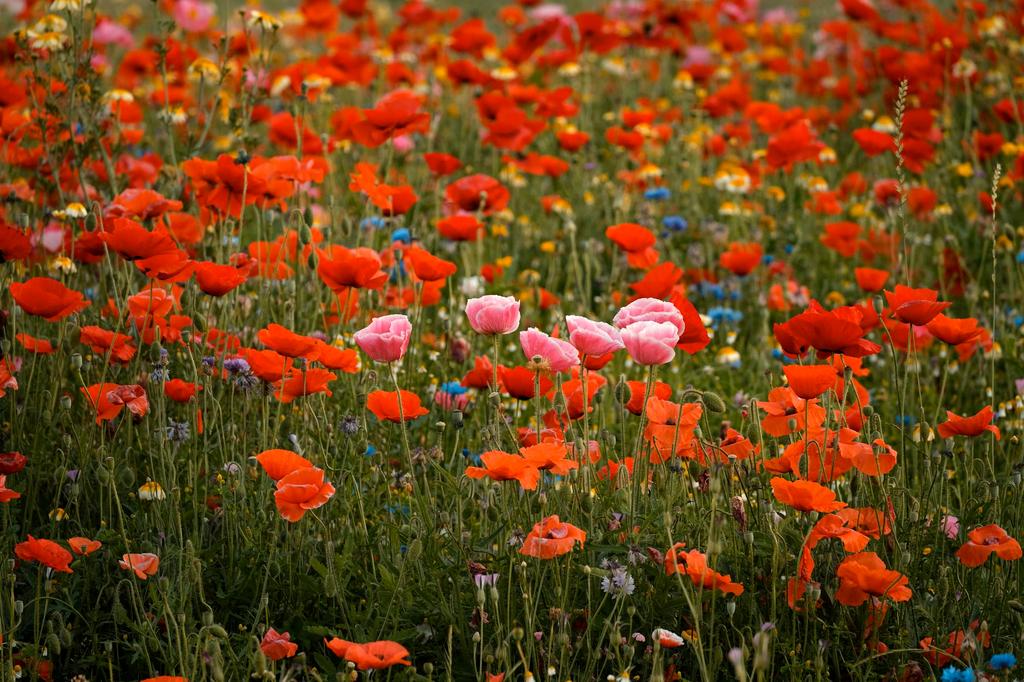

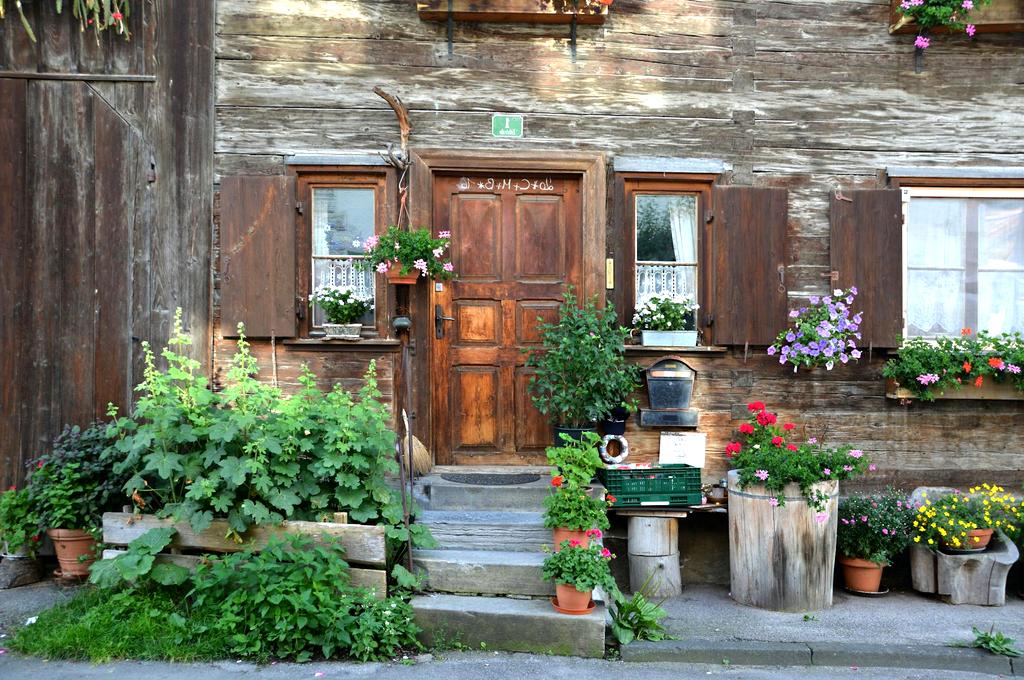
Groups of 3, 5, or 7 of the same plant create more natural, visually pleasing arrangements than even-numbered groupings.
Mix plants with different leaf shapes and textures for visual interest even when flowers aren't blooming.
Repeating colors, plants or shapes throughout a flowerbed ties the design together and creates a cohesive look.
Select plants that thrive in your specific light, soil, and moisture conditions for a healthier, low-maintenance garden.

"Following these color combination principles transformed my garden from chaotic to coordinated. The tips about height variation were particularly helpful!"

"As a novice gardener, I was overwhelmed by choices. The suggested plant combinations gave me confidence to create a beautiful flower bed that blooms all season!"
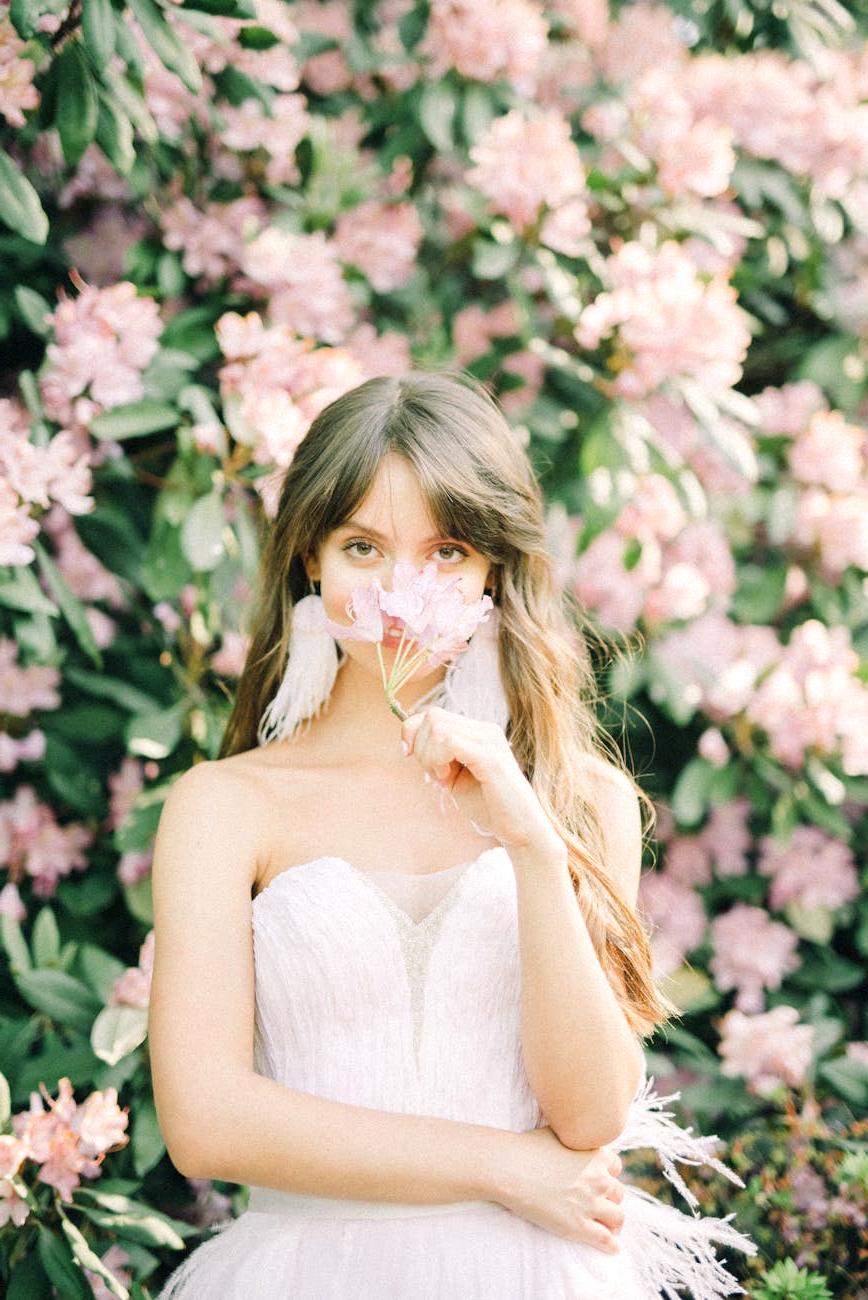
"The advice about considering seasonal interest completely changed my approach. Now my garden looks spectacular from spring through fall instead of just for a few weeks."
Subscribe to our newsletter for seasonal flower combination ideas, expert gardening advice, and exclusive design tips.